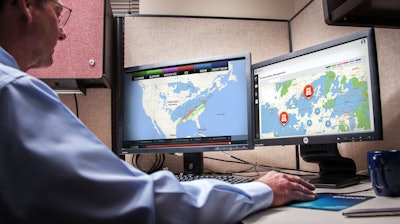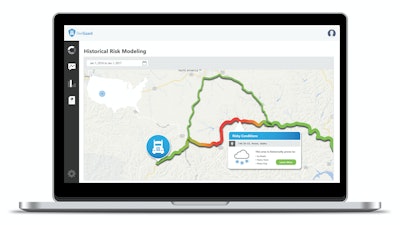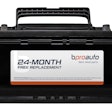
Aside from the tragic loss of life and property, Hurricanes Harvey and Irma caused plenty of traffic delays and road closures—and hurricane season is far from over. Just today, NOAA posted two tropical disturbances that could impact Florida.
Driver and fleet protection is tantamount. To that end, Baron has launched Baron Weather API for Fleet, a range of quality-controlled, industry-leading weather data that can be integrated into network fleet platforms.
The Baron Weather API is ideal for fleet management tracking platforms, transportation management systems for pre-planning, and mobile driver applications. Components of Baron Weather API for Fleet service are already available on a major national fleet management solution’s operational display platform.

Baron reports that by providing cutting edge weather information, the advanced technology contained in its Baron Weather API for Fleet also helps the trucking industry with driver retention.
With accurate weather data, fleet customers can plan routes ahead of time to avoid inclement weather, and get better situational awareness around storms. Baron reports that global weather and its exclusive data power the products with real differentiators, helping keep customers and assets safe.

Other available data features include forecast precipitation, winds, snowfall, and temperatures. This information is continually tracked over the next 60-hour period to show the potential impact on fleet operations and enable customers to plan before disruptions begin.










